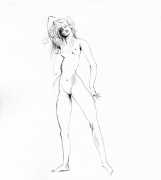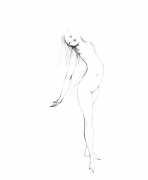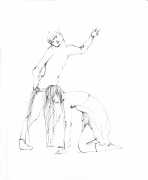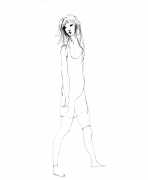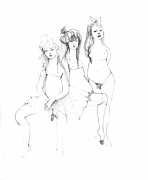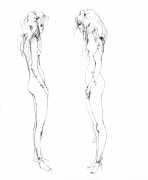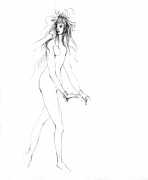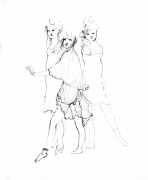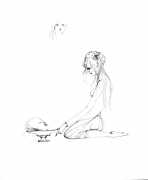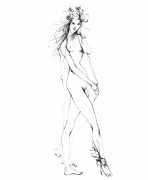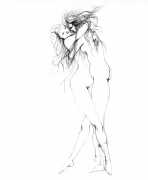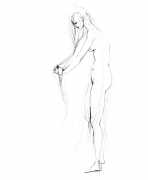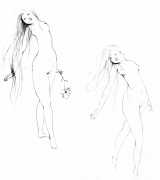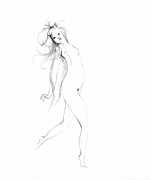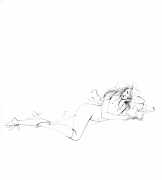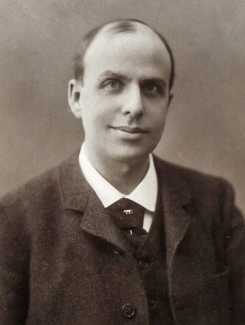
When Marcel Schwob published Le livre de Monelle (The Book of Monelle) in 1894, it immediately became the unofficial bible of the symbolist movement, those writers and artists reacting against naturalism and realism to represent the world in all its grittiness and pain, and to elevate the humble and ordinary above the idea of artistic perfection.
A carefully woven skein of legends, aphorisms, fairy tales and nihilistic philosophy, it was the fruit of Schwob’s intense emotional suffering over the loss of his love, a girl of the Paris streets named Louise, who he had befriended in 1891 and who succumbed to tuberculosis two years later. Transforming her into Monelle, the innocent prophet of destruction, Schwob tells the stories of her poor young sisters, succumbing to disillusion, caught between the beguiling world of childlike fantasy and the bitter world of reality.
The theme of suffering, especially the idea of teenage prostitutes dying on the streets of Paris as recently as the 1890s, clearly moved Leonor Fini, and she produced a set of simple, powerful drawings to illustrate Schwob’s painful narrative. It was a subject she would return to ten years later to produce a more complex portfolio of Monelle’s determined and long-suffering young women, which you can see here.
The Fini-illustrated hardback book version of Livre de Monelle was published by Livre Club du Libraire in their ‘Les peintres du livre’ series. It was produced in a boxed numbered edition of 3,000 copies.
An excellent English translation by Kit Schluter of Marcel Schwob’s The Book of Monelle, which includes a useful afterword, was published by Wakefield Press in 2012.


